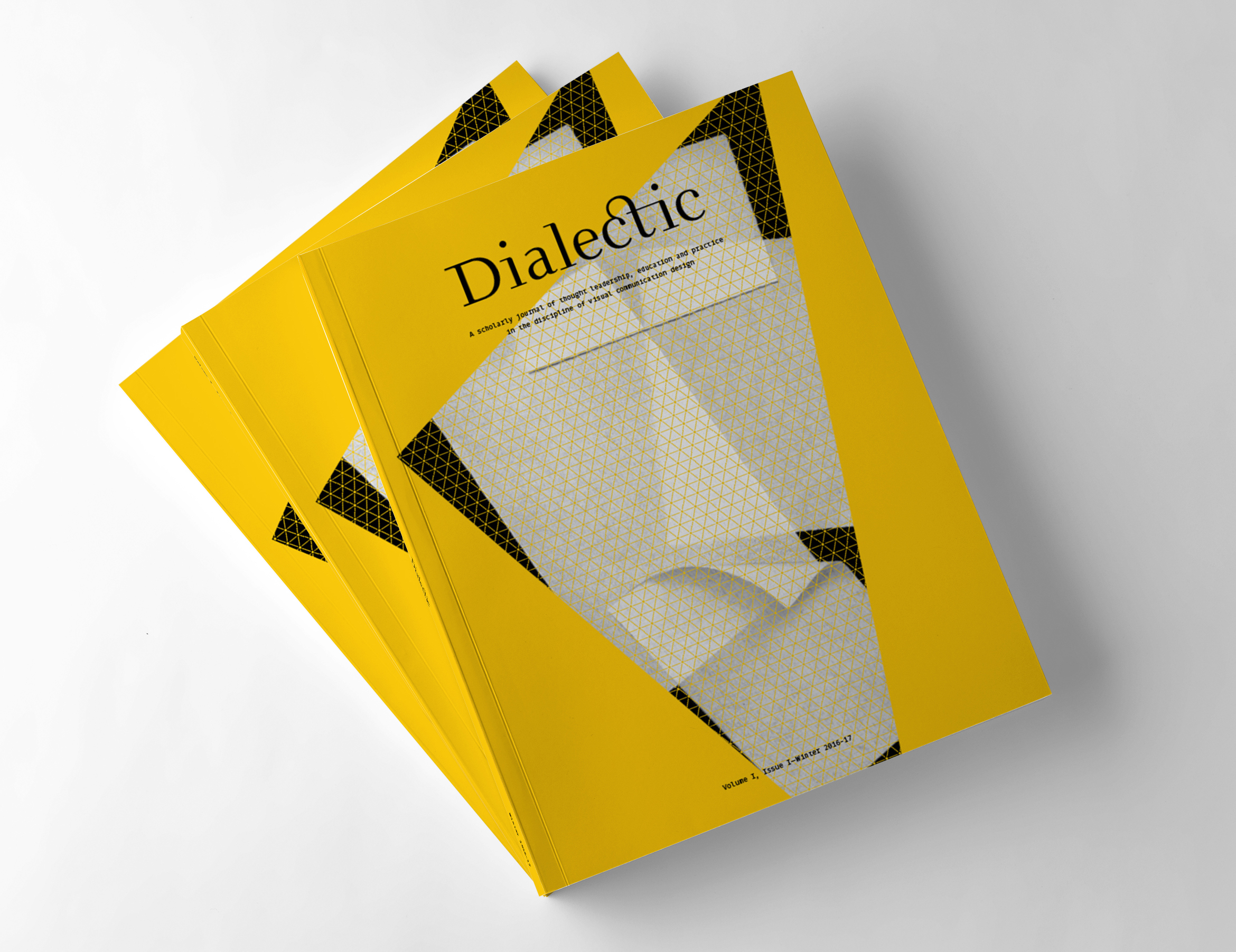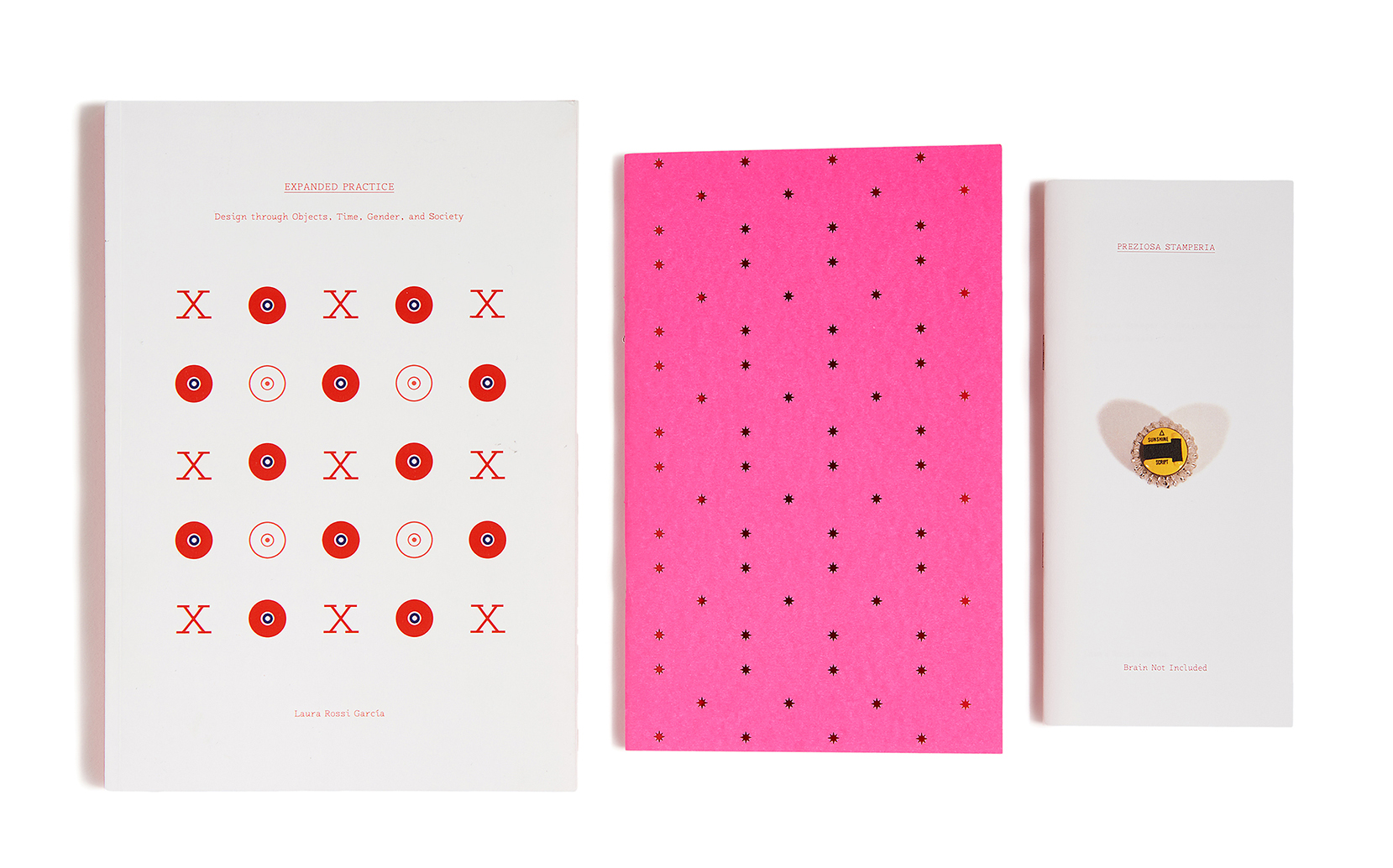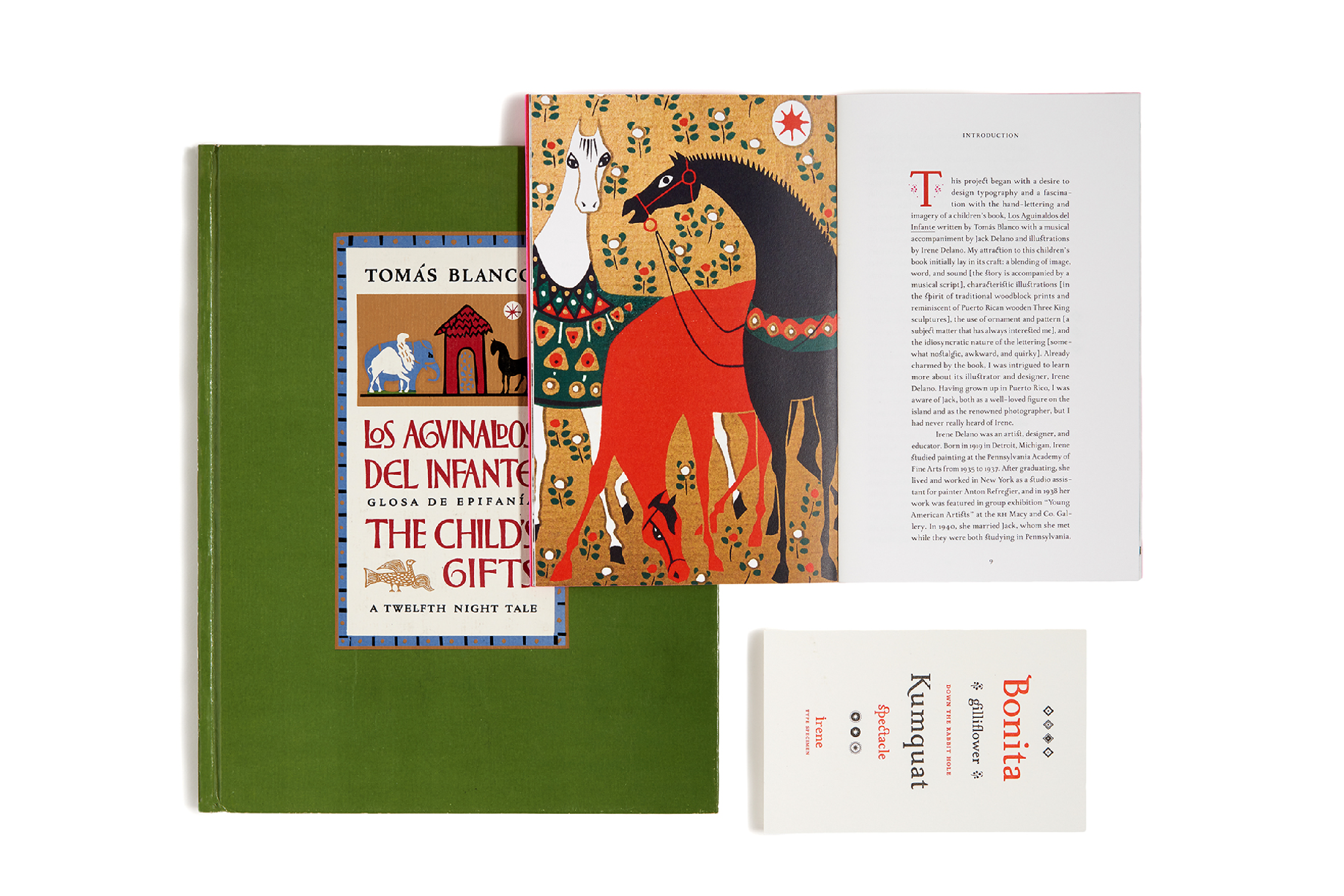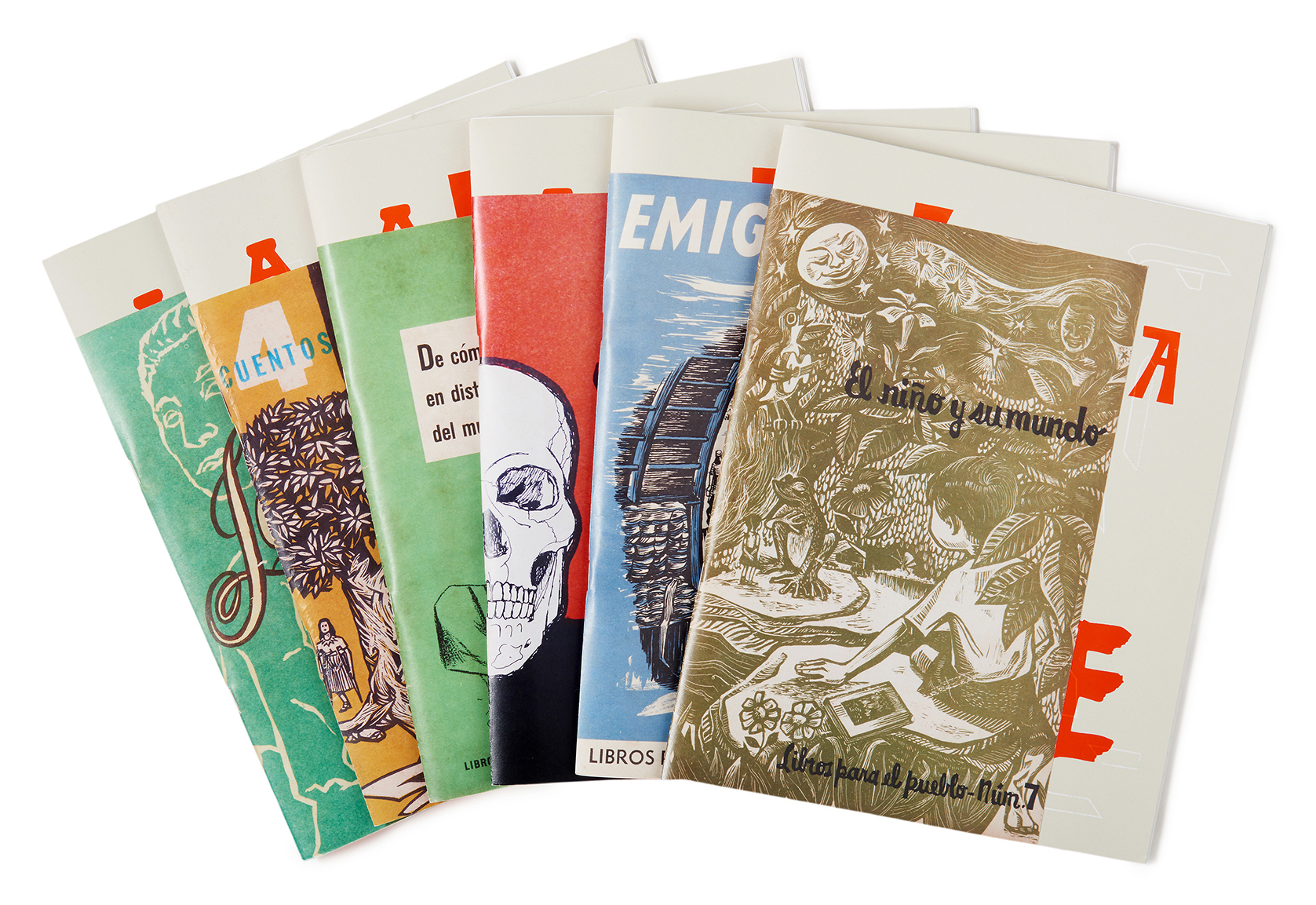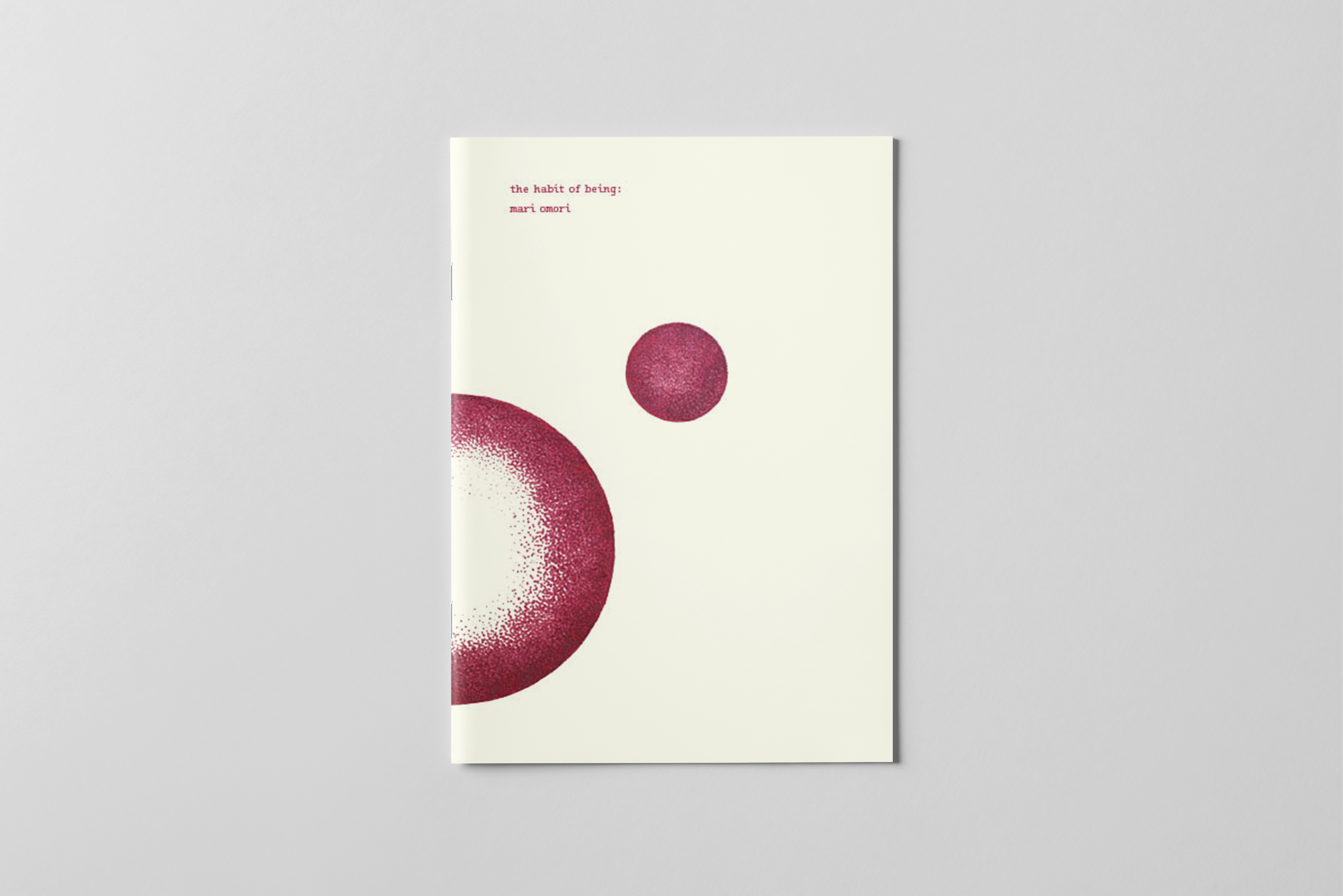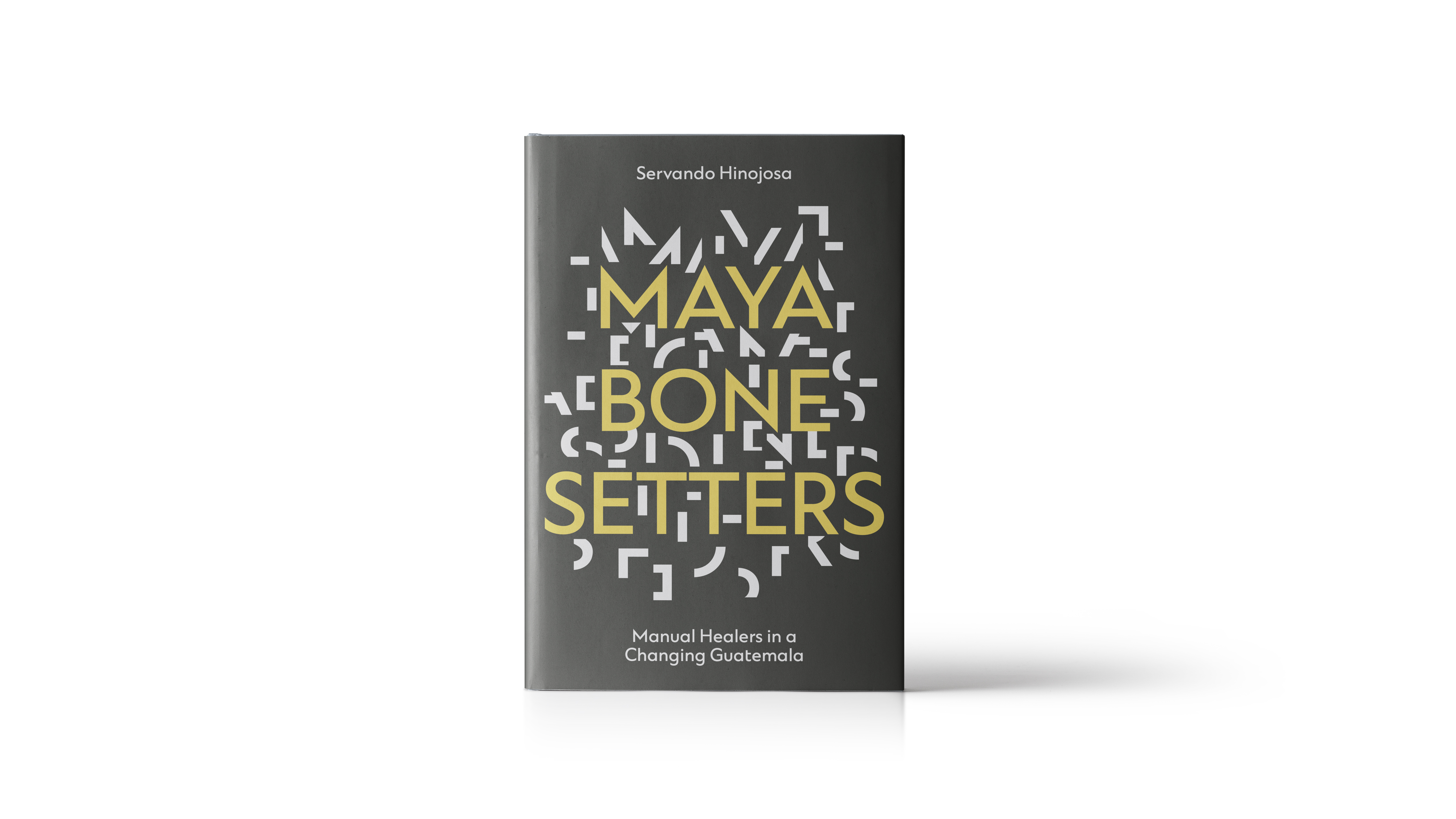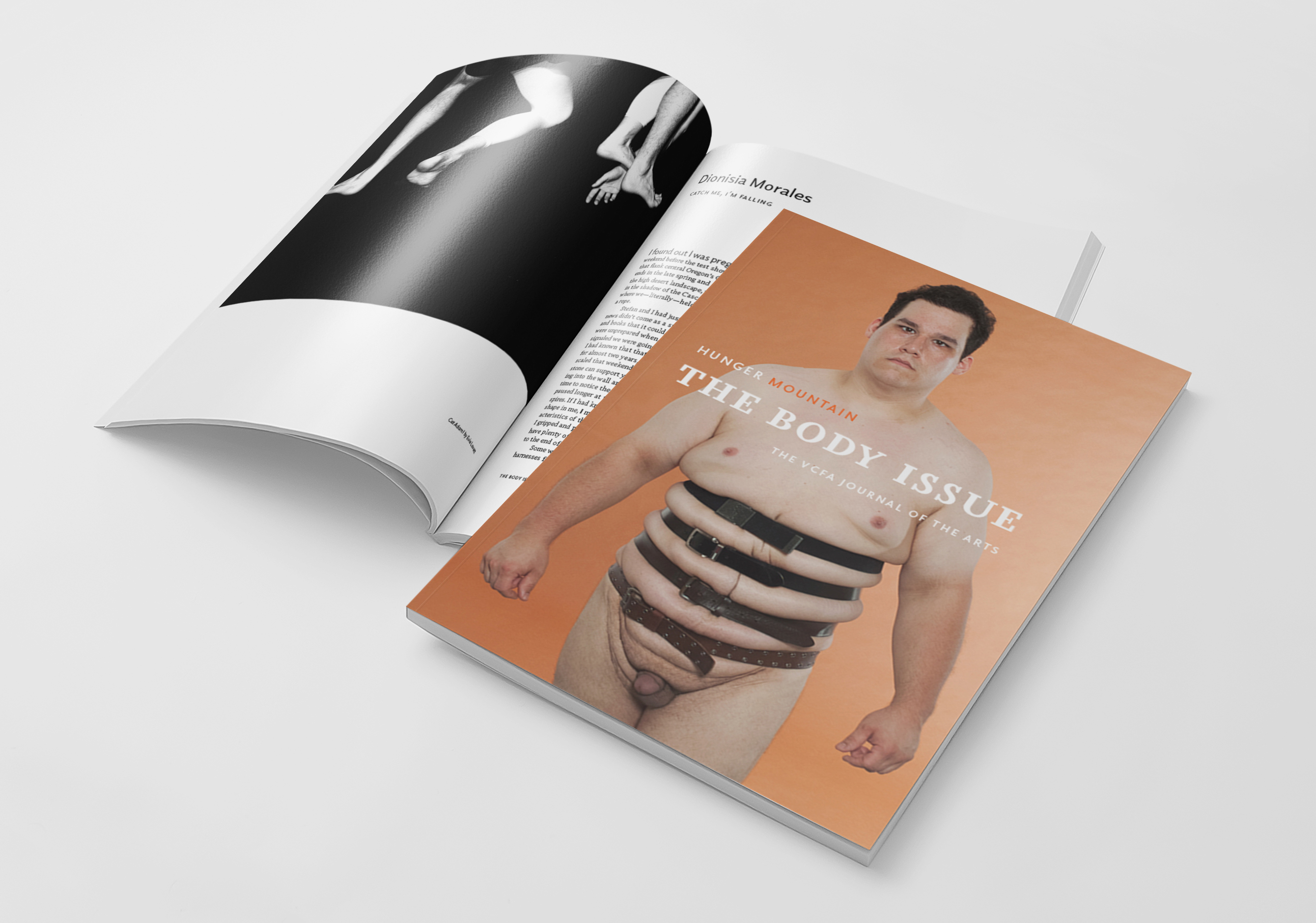Towards a Typographic Pluriverse
(Upcoming)
Pluriverse, Decolonize, Feminism, Typography, Multiscript Typography, World-Scripts, Design Pedagogy, Design History, Design Theory
(Upcoming)
Pluriverse, Decolonize, Feminism, Typography, Multiscript Typography, World-Scripts, Design Pedagogy, Design History, Design Theory
Design Incubation
Colloquium 8.1
Seton Hall University
Date: October 23rd, 2021
Abstract:
This research examines the history, practice, and pedagogy of typography. Typography is at the core of design—both implicit and explicit in its role in shaping language, culture, and power structures—but it is mired in “racial homogeneity and dominated by white men.”¹ The selection, use, and application of typography—from style to legibility—can uphold or disrupt dynamics of power: who can read it, who uses it, who made it, whose voice does it carry—human, machine, the included or the excluded. While there is great movement to decolonize design, less is happening specific to decolonizing typography, or decolonizing type pedagogy. “Letterforms are loaded cultural objects” ² —a container for language— and an “extension of the spiritual, social, political, and historic mind-set of nations”.³
The very notion of decolonizing type is massive in scope: from its history, to its design, application, technology, and future. How do we broaden and re-frame the structures and systems that exist in order to make room for oppressed and marginalized voices and make inclusive the societies in which we live? This presentation will introduce a series of case studies that serve as examples for how to reconsider the very root of thought around type systems and their effects and influence on our students, the field of design, and ultimately our products, systems, and societies.
Citations:
¹ Munro, Silas. “Typography as a Radical Act in an Industry Ever-dominate by White Men,” AIGA Eye on Design, August 26, 2019. Accessed: December 15, 2020. (Link︎︎︎)
² Munro, Silas. Ib, id.
³ Shehab, Bahia and Haytham Nawar. “Early Arabic Printing” in A History of Arab Graphic Design. American University in Cairo Press: 2020. pp. 29-41.
Colloquium 8.1
Seton Hall University
Date: October 23rd, 2021
Abstract:
This research examines the history, practice, and pedagogy of typography. Typography is at the core of design—both implicit and explicit in its role in shaping language, culture, and power structures—but it is mired in “racial homogeneity and dominated by white men.”¹ The selection, use, and application of typography—from style to legibility—can uphold or disrupt dynamics of power: who can read it, who uses it, who made it, whose voice does it carry—human, machine, the included or the excluded. While there is great movement to decolonize design, less is happening specific to decolonizing typography, or decolonizing type pedagogy. “Letterforms are loaded cultural objects” ² —a container for language— and an “extension of the spiritual, social, political, and historic mind-set of nations”.³
The very notion of decolonizing type is massive in scope: from its history, to its design, application, technology, and future. How do we broaden and re-frame the structures and systems that exist in order to make room for oppressed and marginalized voices and make inclusive the societies in which we live? This presentation will introduce a series of case studies that serve as examples for how to reconsider the very root of thought around type systems and their effects and influence on our students, the field of design, and ultimately our products, systems, and societies.
Citations:
¹ Munro, Silas. “Typography as a Radical Act in an Industry Ever-dominate by White Men,” AIGA Eye on Design, August 26, 2019. Accessed: December 15, 2020. (Link︎︎︎)
² Munro, Silas. Ib, id.
³ Shehab, Bahia and Haytham Nawar. “Early Arabic Printing” in A History of Arab Graphic Design. American University in Cairo Press: 2020. pp. 29-41.
Diseñando IdentidadCommunity Education, Design & Politics in Puerto Rico
with Jason Alejandro︎︎︎
Puerto Rico, Design History, Design Research, Nation Building, Colonialism, DIVEDCO, Community Education
with Jason Alejandro︎︎︎
Puerto Rico, Design History, Design Research, Nation Building, Colonialism, DIVEDCO, Community Education
BIPOC Design History:
Incomplete Latinx Stories of Diseño Gráfico /
Borderlands / La Frontera︎︎︎
Date: September 24th, 2021
About the Conference:
This presentation was part of the second in a series of BIPOC -centered design history courses facilitated by Polymode︎︎︎
Through recorded lectures, readings, and discussions, the class sheds light on moments of oppression and visibility. The series revisits and rewrites the course of design history in a way that centers previously marginalized designers, cultural figures—and particularly BIPOC and QTPOC people.
Abstract:
In the mid-twentieth century, Puerto Rico’s first elected governor, Luis Muñoz Marín, developed a radical educational program that leveraged design, film, and art to provide basic education for predominantly rural Puerto Rican communities. DIVEDCO (the Division of Community Education), a government sponsored program led by artists and designers, exemplified the disparity between the colonial regimes that pushed for modernization and Americanization of the island and the resistance movements that inspired Puerto Rican patriotism and a search for identity and cultural voice. These talks will serve as an introduction to Puerto Rican 20th century (typo)graphic design history with a focus on the individuals who helped lay the foundation for a vibrant tradition of visual and graphic arts both on the island and across the diaspora.
Incomplete Latinx Stories of Diseño Gráfico /
Borderlands / La Frontera︎︎︎
Date: September 24th, 2021
About the Conference:
This presentation was part of the second in a series of BIPOC -centered design history courses facilitated by Polymode︎︎︎
Through recorded lectures, readings, and discussions, the class sheds light on moments of oppression and visibility. The series revisits and rewrites the course of design history in a way that centers previously marginalized designers, cultural figures—and particularly BIPOC and QTPOC people.
Abstract:
In the mid-twentieth century, Puerto Rico’s first elected governor, Luis Muñoz Marín, developed a radical educational program that leveraged design, film, and art to provide basic education for predominantly rural Puerto Rican communities. DIVEDCO (the Division of Community Education), a government sponsored program led by artists and designers, exemplified the disparity between the colonial regimes that pushed for modernization and Americanization of the island and the resistance movements that inspired Puerto Rican patriotism and a search for identity and cultural voice. These talks will serve as an introduction to Puerto Rican 20th century (typo)graphic design history with a focus on the individuals who helped lay the foundation for a vibrant tradition of visual and graphic arts both on the island and across the diaspora.
Almanque
A Collaborative Approach to Design Research & Puerto Rican Identity
with Jason Alejandro︎︎︎
Puerto Rico, Publication Design, Design History, DIVEDCO, Community Education
A Collaborative Approach to Design Research & Puerto Rican Identity
with Jason Alejandro︎︎︎
Puerto Rico, Publication Design, Design History, DIVEDCO, Community Education
Design History Society 2021:
Memory Full?
Date: September 4th, 2021
Panel: Imagining Other Futures: Historical Interrogation and Radical Publishing
Chair: Aggie Toppins
Panelists:
Jessica Barness︎︎︎
Paul Soullelis︎︎︎
Jason Alejandro︎︎︎
Laura Rossi García
Abstract:
Almanaque looks to Puerto Rico’s past, fraught with imperialist abuses of colonization, in tandem with its rich cultural heritage as a means for examining its design history. Data for the project was gathered from a variety of sources such as: original DIVEDCO publications (Libros para el pueblo), first-person interviews, and visits to archives. In this manner, the project uses the language of graphic design as the entry point for continued conversations about the island’s future. This approach to re-framing histories has largely informed aspects of more recent research projects by both of the project’s creators. These works, including explorations of typography, identity, language, labor, and motherhood, seek to develop new practices aimed at rethinking design’s role in society, both as a pedagogical tool and as a critical instrument for amplifying marginalized voices.
Memory Full?
Date: September 4th, 2021
Panel: Imagining Other Futures: Historical Interrogation and Radical Publishing
Chair: Aggie Toppins
Panelists:
Jessica Barness︎︎︎
Paul Soullelis︎︎︎
Jason Alejandro︎︎︎
Laura Rossi García
Abstract:
Almanaque looks to Puerto Rico’s past, fraught with imperialist abuses of colonization, in tandem with its rich cultural heritage as a means for examining its design history. Data for the project was gathered from a variety of sources such as: original DIVEDCO publications (Libros para el pueblo), first-person interviews, and visits to archives. In this manner, the project uses the language of graphic design as the entry point for continued conversations about the island’s future. This approach to re-framing histories has largely informed aspects of more recent research projects by both of the project’s creators. These works, including explorations of typography, identity, language, labor, and motherhood, seek to develop new practices aimed at rethinking design’s role in society, both as a pedagogical tool and as a critical instrument for amplifying marginalized voices.
Expanded Practice
The Typewriter as a vehicle and mechanism for typography and Women’s Labor in the United States
Type Design, Design Research, Design History, Typewriter, Monospace, Feminism, Democratization, Women’s Labor
The Typewriter as a vehicle and mechanism for typography and Women’s Labor in the United States
Type Design, Design Research, Design History, Typewriter, Monospace, Feminism, Democratization, Women’s Labor
AIGA Fresh Grads Student Showcase
Invited Speaker
Date: June 2016
Abstract:
To make sense of the present and speculate about the future, it is essential to look at the past—and history is full of parallel stories, which are often missing from the established narrative. The typewriter, an invention that marked the beginning of the second wave of the communications revolution, not only instigated the democratization of typography but played a key role in opening the corporate business realm to women. The design of the physical object itself sanctioned and normalized the relationship between women and typewriters; a relationship that soon became exploitative and was absorbed into design culture.
This body of work looks at the history of the typewriter as both a mechanism and vehicle for typography and as an active agent in the development of women's labor in the United States: tracking the history of the typewriter from the story of a blind countess in 17th century Italy to monospaced fonts, speed-typing competitions, ideas about form and Ornament, industrial giants Apple and Olivetti, and the introduction of women into the corporate world. Ultimately, this research asks, how does design shape the way we view and interact with the world around us, and even further, how does it determine the course of our ideas, concepts, and inherent nature.
Invited Speaker
Date: June 2016
Abstract:
To make sense of the present and speculate about the future, it is essential to look at the past—and history is full of parallel stories, which are often missing from the established narrative. The typewriter, an invention that marked the beginning of the second wave of the communications revolution, not only instigated the democratization of typography but played a key role in opening the corporate business realm to women. The design of the physical object itself sanctioned and normalized the relationship between women and typewriters; a relationship that soon became exploitative and was absorbed into design culture.
This body of work looks at the history of the typewriter as both a mechanism and vehicle for typography and as an active agent in the development of women's labor in the United States: tracking the history of the typewriter from the story of a blind countess in 17th century Italy to monospaced fonts, speed-typing competitions, ideas about form and Ornament, industrial giants Apple and Olivetti, and the introduction of women into the corporate world. Ultimately, this research asks, how does design shape the way we view and interact with the world around us, and even further, how does it determine the course of our ideas, concepts, and inherent nature.
DesignHer
Works by Contemporary Women Graphic Designers
Invited Exhibtion
Works by Contemporary Women Graphic Designers
Invited Exhibtion
Eleanor D. Wilson Museum
Hollings University︎︎︎
Roanoke, Virginia
Date: October 1st - December 13th, 2021
About the Exhibition:
Design(H)er celebrates the leadership and achievements of women in design. Featuring the work of emerging to internationally-recognized designers, this exhibition demonstrates the range of design practice and diversity of practitioners active today. Exhibited works and their accompanying design materials range from high profile commercial product designs to small-scale community projects.
This exhibit and its related programs are sponsored in part by the Virginia Commission for the Arts, and the National Endowment for the Arts.
Hollings University︎︎︎
Roanoke, Virginia
Date: October 1st - December 13th, 2021
About the Exhibition:
Design(H)er celebrates the leadership and achievements of women in design. Featuring the work of emerging to internationally-recognized designers, this exhibition demonstrates the range of design practice and diversity of practitioners active today. Exhibited works and their accompanying design materials range from high profile commercial product designs to small-scale community projects.
This exhibit and its related programs are sponsored in part by the Virginia Commission for the Arts, and the National Endowment for the Arts.
Huh? #39: Obsessed with Letters
Interview on Perpetual Beta
Interview on Perpetual Beta
Perpetual Beta
The VCFA MFA in Graphic Design Progarm Blog︎︎︎
By: Cameron Finch
Date: March 26, 2018
The VCFA MFA in Graphic Design Progarm Blog︎︎︎
By: Cameron Finch
Date: March 26, 2018
AIGA Design Educators Community
Design Feature
Design Feature


